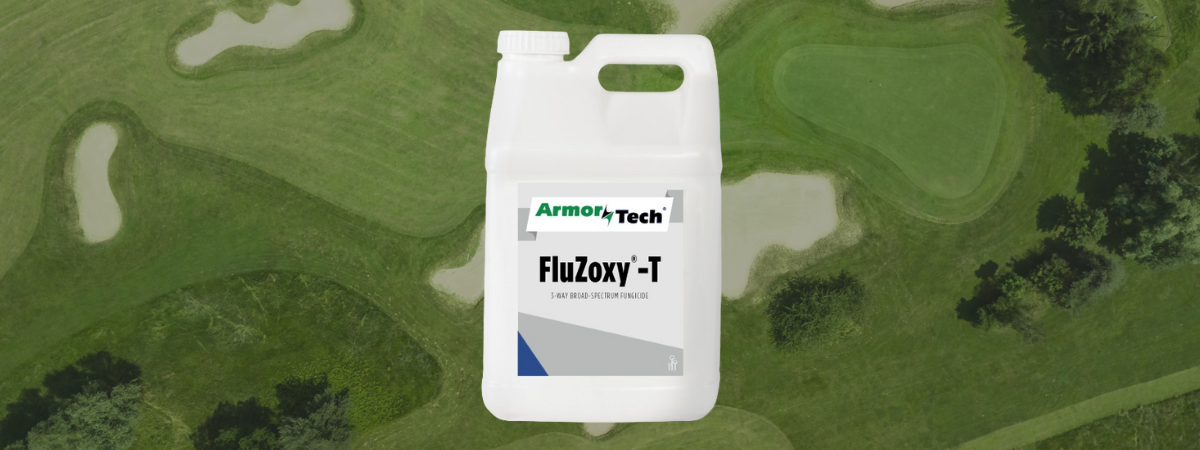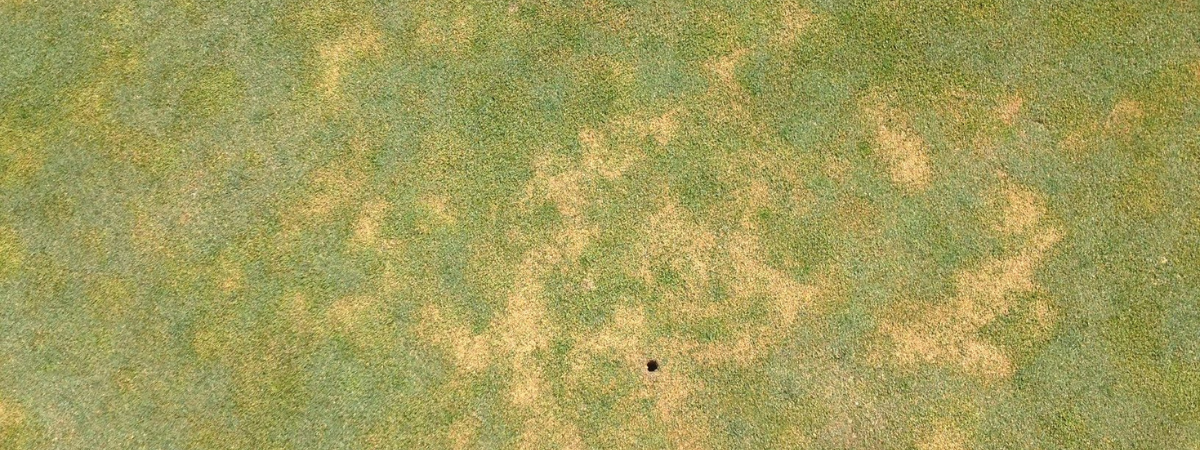When it comes to late-season fertility, warm-season grass has different needs than cool-season grass because of its unique growth habits and nutrient requirements.
On warm-season fairways and tees, the last fertilizer application typically occurs no later than mid- to late-September. One or two pounds of potassium and some nitrogen allow bermudagrass to harden off before the winter months. You don’t want bermudagrass to be lush and growing when you head into winter.
On ultradwarf bermudagrass greens, some superintendents make organic fertilizer applications in November and December. These applications are ¼ to ½ pounds of nitrogen per 1,000 square feet. Some ultradwarf bermudagrass greens do not go fully dormant in certain conditions, which would make an end-of-year organic application beneficial.
This time of year, bermudagrass is growing and thriving in the warm weather. These conditions make plant growth regulators helpful, especially on fairways, to control top growth.
Carbon-based products, such as humic acids, release tied-up nutrients in the soil and may allow you to reduce your nitrogen inputs. Soil testing can help determine if carbon-based products suit your fairways or greens.
Late-season fertilizer applications for warm-season grass should have an NPK ratio of at least 1-0-2 to help prepare the turf for winter. You may need to apply some phosphorus as well. Again, recent soil tests can give insight about how to adjust your fertilizer applications for this time of the year.
Your ATS rep is available to answer any questions about fertility needs for your warm-season course.












